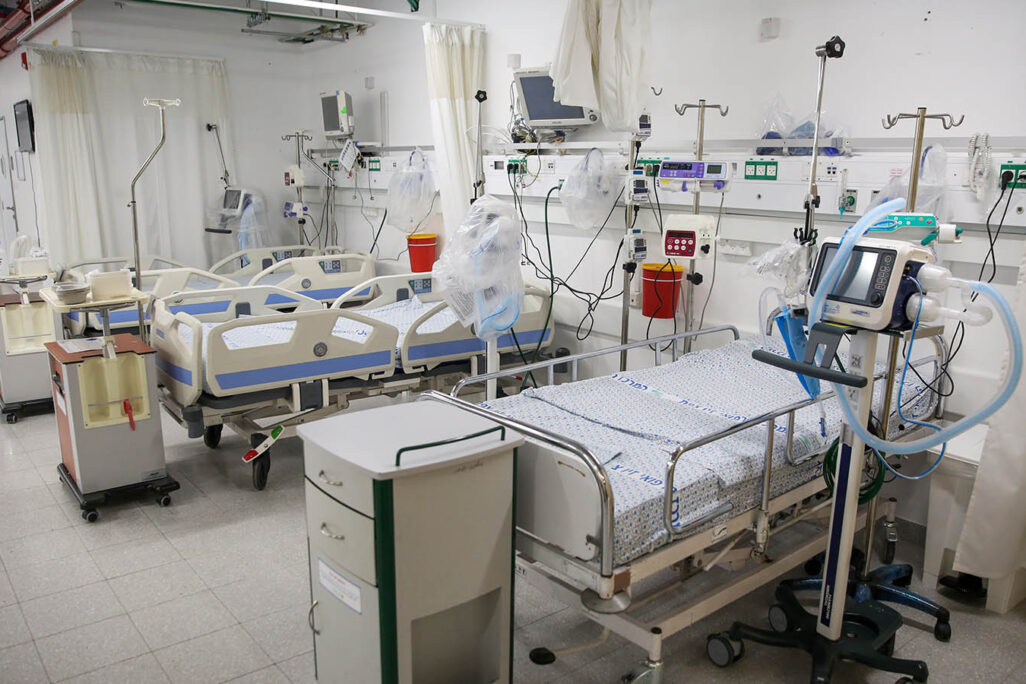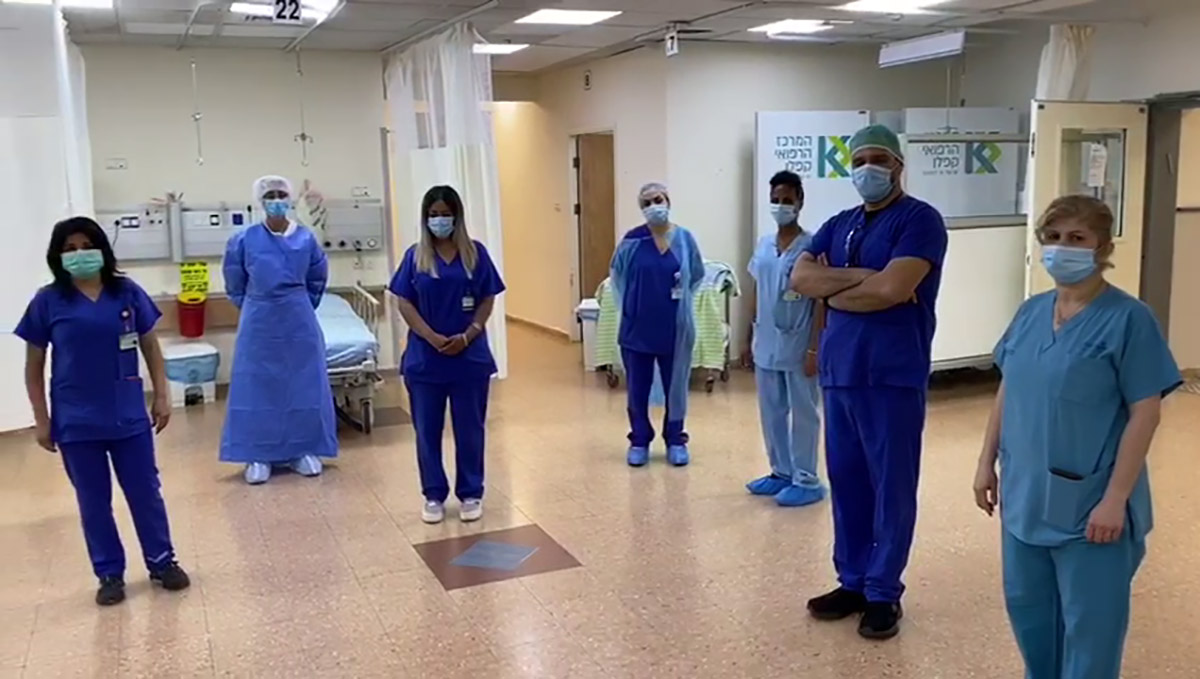
The state of Israel has suffered relatively little harm as a result of the corona epidemic, compared to other developed countries, but its health system is still under-budgeted. This is according to the Taub Center's “Snapshot of the State” report released recently.
As part of the annual report, the researchers designated a chapter to how Israeli society has dealt with the coronavirus. The report’s editor, Professor Avi Weiss, presented the low levels of the virus’ damage in Israel: 2.9 deaths per 100,000 people, compared to 80 deaths in Belgium, 60 deaths in Spain and more than 50 deaths in Italy and England.

The researchers attribute this low mortality rate to Israeli demographics: 35% of its citizens are under the age of 20 and only 25% of them are over the age of 65. In Italy, for comparison, 44% of the population are over the age of 50, and just 18% is under the age of 20.
Apart from its demographics, the ages of those infected by corona has tipped the scales in Israel’s favor: most of the infected were young, compared to other countries where the virus spread among older populations.
The third reason the researchers suggest for the relatively low impact of the corona crisis is the rapid and effective lockdown implemented by the Israeli government.
Low spending, not enough hospital beds
After this data, the Taub Center researchers present a startling picture of the state of the healthcare system, which would put Israeli society in real danger if the epidemic's characteristics had been different. The key metric that researchers refer to in the report is public expenditure on healthcare: 7.45% of Israel’s GDP, compared to the 8.9% of the average GDP in OECD countries.
Even when the numbers match the age distribution, the state of Israel still invests less in health than its counterparts. This gap stems from a longstanding policy of starving the public health system.
The main index that the report refers to is the number of hospital beds, which stands at 2.2 beds per 1,000 people. This is in comparison to the OECD average, which stands at 3.6 beds per 1,000 people.
As a result, bed occupancy in Israel stands at 94% as opposed to 75% in OECD countries, and the “bed turnover rate” which measures the number of hospitalizations by bed per year, stands at 66 compared to 41. This means that hospitals are speeding up patient turnover to maximize utilization of hospital beds available to them.
Researchers conclude that if the dismal forecasts of 40,000 hospitalized patients were fulfilled, the health care system would have only 16,000 beds available. This deficiency could seriously impair patient care.
The cost of all medical services in Israel – 53% above the OECD average
In the last section of the chapter on health, researchers show the rise in the prices of medical services in Israel. Thanks to a rise in physician pay and an increase in the proportion of Israelis insured in private insurance, health services costs in Israel have risen to 10% above the corresponding costs in the United States and 53% above average health costs in the OECD.






